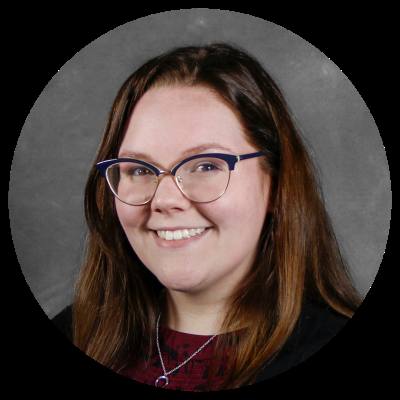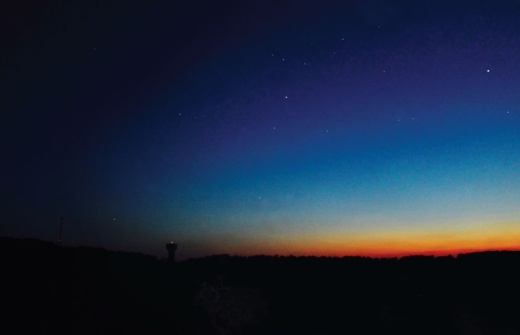The city of Bee Cave will apply to become a Dark Sky Community, a move that would further efforts to preserve the night sky in the Hill Country region by placing restrictions on lights inside city limits.
To become a Dark Sky Community, cities must apply through the International Dark-Sky Association and meet certain criteria, which include operating under IDA-compliant outdoor lighting ordinances, educating the public on the importance of the dark sky and gaining community support for the IDA designation, according to the IDA.
The city's initiative comes in the wake of the Texas Legislature during this year's session passing Senate Bill 1090, which allows cities to adopt lighting restrictions to meet the IDA's criteria, according to previous Community Impact Newspaper reporting.
The city of Bee Cave operates under a lighting ordinance passed in 2007, which set standards for light brightness and glare control. Many of the rules the city has operated under for years are similar to those required by the IDA, and the city has been working with the organization in recent years to comply with its standards, senior planner Amanda Padilla said. Some of these standards include shields on street lights to prevent glare and lights-out curfews for nonresidential areas.
“It’s part of the ongoing commitment to enjoy our night skies and to have our community actively engage in stargazing right from their own backyard,” said Megan Will, director of planning and development for Bee Cave.
As a community, Bee Cave is working toward a unified development code that may be adopted in the first part of next year, according to Will. Because the new development code includes updated IDA-compliant lighting relevant to the application, the code must be adopted before the city can be certified as a Dark Sky Community, Padilla said. The city is also creating a program to measure light output, another requirement of the IDA. The timeline for the certification following the implementation of the updated development code depends on how many applications the IDA receives, and Padilla said the IDA recently received a large influx of applications, requiring it to close its November application deadline prematurely.
New development will have to comply with standards established by the updated lighting ordinance adopted in the next year. A number of developments already underway have agreed to comply with IDA standards, notably the Baldwin Sports Complex baseball fields on Ashley Worth Boulevard, which included in its site plan a commitment to IDA standards for sports ball fields, Will said.
Pre-existing developments may also be required to comply with IDA lighting under the new development code if they meet certain criteria, such as new uses for buildings or building alterations, according to Padilla.
Per the IDA's requirements, the city has been reaching out to the community about the prospect of becoming a Dark Sky Community and has gotten an overwhelmingly positive response, according to Padilla.
“A lot of the people we’ve reached out to really care about the community they live in,” Padilla said. “They care about the beauty of the Hill Country and the quality of the night sky. A lot of them want to keep the look and feel they moved to the Hill Country for.”
Editor's note: This story was edited to correct the spelling of senior planner Amanda Padilla's name.





